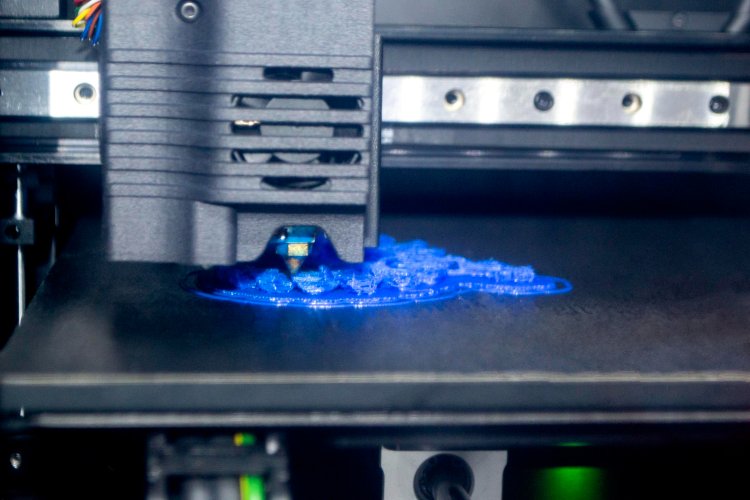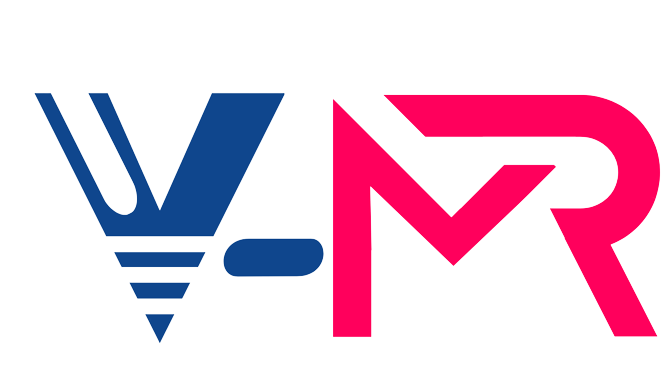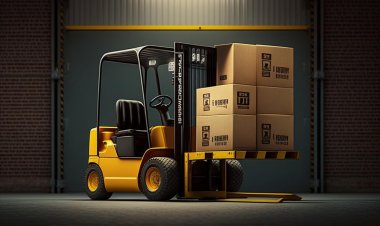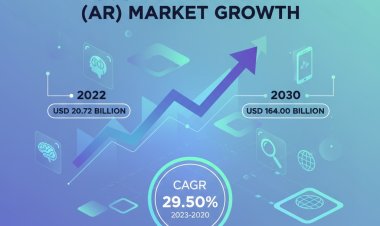Global 3D Printing Gases Market Size to Reach $192 Million at a CAGR of 13.3% by 2032
Vantage Market Research expects the 3D Printing Gases Market to reach USD 192 Million by 2032, exhibiting a growth rate (CAGR) of 13.3% during 2024-2032.

The Global 3D Printing Gases Market size reached USD 62.4 Million in 2023. Vantage Market Research expects the market to reach USD 192 Million by 2032, exhibiting a growth rate (CAGR) of 13.3% during 2024-2032.
Table of Contents
|
Introduction: The Dual Role of Gases in 3D Printing |
|
|
|
The Crucial Role of Inert Gases in Metal Additive Manufacturing |
|
|
|
Additive Manufacturing in Key Industries: Aerospace and Automotive |
|
|
|
|
Research and Development in Additive Manufacturing: Optimizing Processes |
|
|
|
Competitive Landscape: Key Players and Innovations |
|
|
|
|
|
Conclusion: A Dynamic Industry Shaping the Future of 3D Printing Gases |
|
|
Introduction
In the world of 3D printing, gases play a dual role. On one hand, they are responsible for releasing harmful emissions during printing. These emissions contain Volatile Organic Compounds (VOCs) and ultrafine particles that pose health risks. The specific gases released depend on the type of filament or powder used. On the other hand, gases are intentionally used in 3D printing to improve the quality of printed objects or aid in the printing process. For example, inert gases create an oxygen-free environment, and support gases help remove printed parts. It is essential to consider gas emissions when 3D printing, and strategies such as proper ventilation and using low-VOC filaments can help minimize their impact.
Request Sample Report of 3D Printing Gases Market @ https://www.vantagemarketresearch.com/3d-printing-gases-market-2387/request-sample
The Crucial Role of Inert Gases
When using metal 3D printing or metal additive manufacturing, it is essential to have a clean environment to ensure the final product's quality. The process is done to prevent molten metal from reacting with oxygen under the protection of inert gases. These gases, such as argon and nitrogen, create a stable environment that shields the metal powder from reactive air gases like oxygen and carbon dioxide. Argon, in particular, is commonly used in metal additive manufacturing because it does not react with active metals like titanium alloy when heated to high temperatures. Additionally, argon is cost-effective as it can be purified and reused within the closed printing environment, making it a reliable choice in this field.
Benefits of an Inert Atmosphere
The use of inert gases provides several benefits in metal additive manufacturing, including:
Oxidation Reduction: By lowering the oxygen content during printing, inert atmospheres reduce the oxidation of printed parts.
Safety Enhancement: Inert atmospheres inert combustible dust during powder handling and sieving, improving overall safety.
Stability: Constant pressure in the print chamber maintains a stable printing environment.
Powder Handling: Powder clumping in the feed tube is mitigated, ensuring a smooth printing process.
Thermal Stress Control: Thermal stress is controlled through cooling, preventing part deformation.
Additive Manufacturing in Aerospace and Automotive Industries
With a combined 33% of AM revenue, the aerospace and automotive sectors are leading the way in the adoption of AM technologies. With annual growth rates of 1–2%, these sectors demand materials with exceptional performance, strength, heat resistance, and durability. AM reduces waste and energy consumption and aligns with the United Nations' Sustainable Development Goals (SDGs), fostering a more sustainable manufacturing process.
Buy Now Our 3D Printing Gases Industry Report @ https://www.vantagemarketresearch.com/buy-now/3d-printing-gases-market-2387/0
Applications in the Automotive Industry
Additive manufacturing has revolutionized various aspects of the automotive industry:
Design Models: 3D scale models help define product scope with convincing prototypes.
Prototypes: Highly detailed prototypes, from mirrors to dashboards, are efficiently produced.
Communication: Accurate models aid in clear communication of design intentions.
Production Tooling: 3D printing has made producing jigs and fixtures cost-effective and faster.
Ergonomics Evaluation: Assessment processes for identifying risks and improvements are conducted in a shorter time frame.
Performance Validation: Test-run results serve as validations, mitigating risks in high-cost operations.
Research and Development in Additive Manufacturing
Optimizing 3D printing processes requires a deep understanding of the effects of atmospheric gases on various metal powders. Research teams focus on developing bespoke gas mixtures tailored to specific powders, ensuring quality expectations in 3D prints. Collaborative efforts, such as the ADDvance O2 precision measuring and analysis unit, have emerged to address gas composition and moisture level challenges, positively impacting product quality.
Competitive Landscape
Key players in the 3D Printing Gases market, such as Heidelberg Materials, Linde, Messer, and Taiyo Nippon Sanso Corporation, are spearheading innovations:
Heidelberg Materials and Linde have partnered to create a new venture called "Capture-to-Use" (CAP2U) to build and operate an advanced carbon dioxide capture and liquefaction plant. This venture is significant because it will be the cement industry's first large-scale carbon capture and utilization facility. The plant will start operating in 2025 at Heidelberg Materials' Lengfurt plant in Germany and transform CO₂ captured from cement production into a valuable resource for manufacturing. The facility is expected to process around 70,000 tonnes of CO₂ annually.
Messer, a leading company in 3D Printing Gases, is presenting new and innovative solutions for 3D printing. These solutions include cryogenic grinding, composite separation, and powder production. Cryogenic grinding involves using extremely cold liquid nitrogen or carbon dioxide to grind materials, resulting in fine grain sizes and efficient processing. Messer goes beyond traditional applications and explores new opportunities, including manufacturing vegan foods. They can process cold-pressed oils, oil seeds, or nuts using cold grinding techniques to extract high-quality vegan proteins. Not only does this approach result in desired product properties, but it also preserves the nutritional quality of the ingredients due to the low temperatures involved in the grinding process.
Taiyo Nippon Sanso Corporation (TNSC) is taking significant steps in the field of 3D printing by establishing the "Additive Manufacturing Advanced Room." This initiative demonstrates TNSC's commitment as a Japanese multinational industrial gas manufacturer to incorporate additive manufacturing (AM) into its operations. The central hub at the Yamanashi Laboratory is dedicated to researching and developing 3D printing technologies. TNSC has installed advanced systems such as Sapphire systems from VELO3D, LENS machines from Optomec, and 3DPro gas management systems. These systems utilize TNSC's gas technology.
Italian companies SOL S.p.A. and Bhuruka Gases Limited have joined forces in a strategic partnership to expand SOL's presence internationally. SOL is known for its expertise in producing, researching, and selling technical and medicinal gases. This partnership has been made possible by SIMEST and the Venture Capital Fund, which oversee investments on behalf of the Italian Minister of Foreign Affairs and International Cooperation. The organizations' shared objective of fortifying their position in the worldwide market is reflected in this collaboration. It illustrates the significance of international alliances in navigating the competitive landscape of the 3D printing Gas market.
Conclusion
The evolving landscape of 3D Printing Gases reflects a dynamic industry striving for excellence in metal additive manufacturing. As industries like aerospace and automotive continue to embrace additive manufacturing, the role of gases in ensuring precision and quality becomes increasingly vital. Collaborations, innovations, and strategic partnerships underscore the commitment of key players to shape a sustainable and technologically advanced future for 3D Printing Gases.
Read Our Latest Press Release: Biosurfactants Market - In-depth Analysis
Contact us
Eric Kunz
6218 Georgia Avenue NW Ste 1 - 564
Washington DC 20011-5125
United States Tel: +1 202 380 9727
Email: [email protected]
Website: Vantage Market Research


















